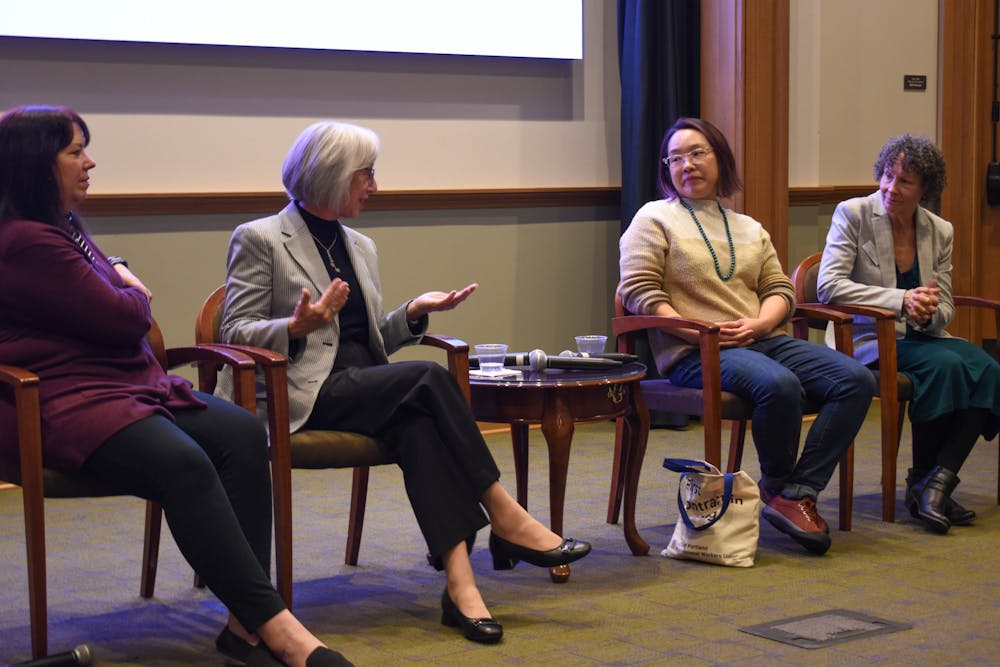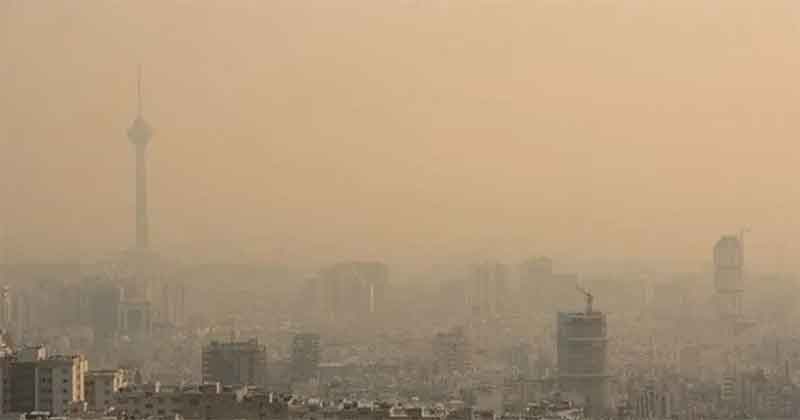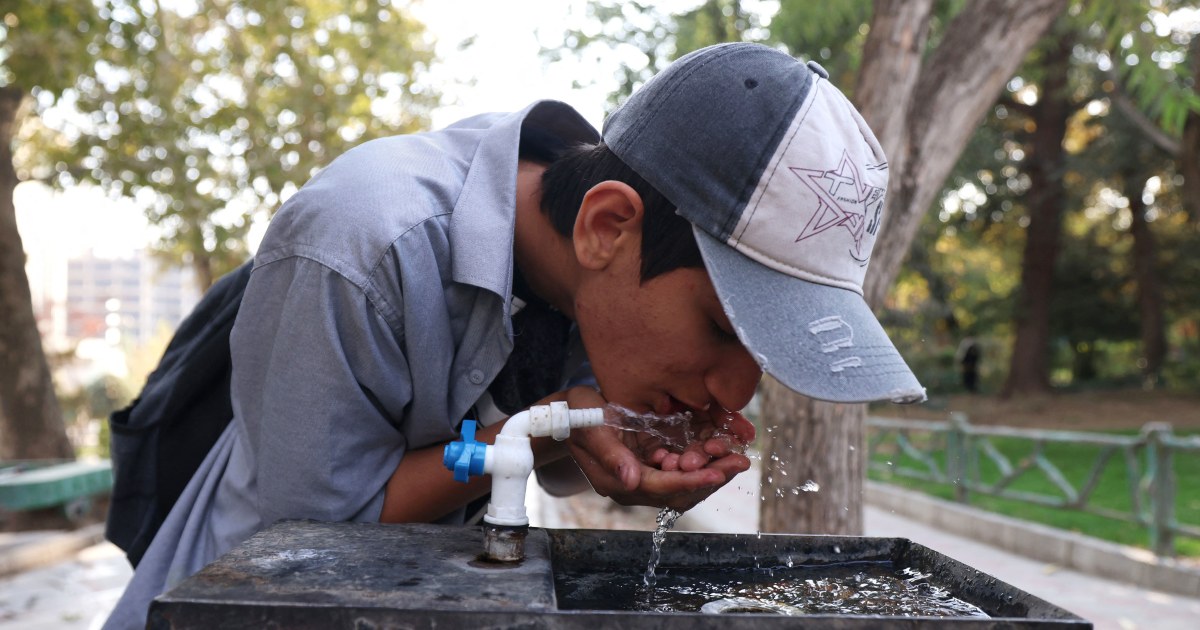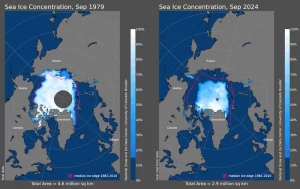Damaging Ecosystem Effects from Pesticide and Fertilizer Mix Support Call for Organic Land Management – Beyond Pesticides

Report on the Transition to Organic Land Management in Public Spaces
Introduction: Chemical Synergies and the Imperative for Sustainable Practices
A recent study revealing the synergistic toxicity of glyphosate and urea fertilizers on soil ecosystems has catalyzed a renewed campaign by the organization Beyond Pesticides. This campaign advocates for the nationwide transition of public parks, playing fields, and schoolyards to organic land management. The findings underscore the inadequacy of existing regulatory systems, which typically assess chemicals in isolation. This approach fails to account for the complex interactions between substances in the environment, which magnify adverse impacts on human health and biodiversity. This initiative directly aligns with multiple United Nations Sustainable Development Goals (SDGs), particularly those concerning health, sustainable communities, and terrestrial ecosystems.
Scientific Findings on the Environmental Impact of Chemical Mixtures
Evidence of Synergistic Harm
The practice of regulating pesticides based on individual chemical risk assessments does not reflect real-world exposure, where organisms and ecosystems encounter a mixture of chemicals. Research increasingly demonstrates that these combinations can produce synergistic effects, where the combined toxicity is greater than the sum of the individual parts. This poses a significant threat to achieving key environmental and health-related SDGs.
Key Research Findings:
- Soil Health Degradation (SDG 15): The combined application of glyphosate and urea fertilizers has been shown to magnify toxicity to earthworms, which are critical for soil health and fertility. Further studies indicate that glyphosate use reduces soil macroarthropod richness by 21% and poses high risks to essential soil organisms like springtails and earthworms.
- Compounded Contamination (SDG 3, SDG 6): The co-exposure of glyphosate with microplastics has been found to aggravate neuro-behavioral disorders, intestinal injury, and gut microbiota imbalance. This highlights a complex threat to public health and environmental integrity.
- Increased Chemical Persistence: The presence of urea can increase the persistence of glyphosate and its breakdown product, AMPA, in the soil, prolonging its potential for environmental harm and threatening water quality through runoff.
- Formulation Toxicity: Commercial glyphosate-based herbicides contain surfactants that amplify the risks associated with the active ingredient, further complicating risk assessment and challenging the objectives of SDG 12 (Responsible Consumption and Production).
Alignment with Sustainable Development Goals (SDGs)
Advancing Global Sustainability Through Local Action
The transition to organic land management is a practical strategy for advancing several interconnected SDGs at the community level. By eliminating petrochemical pesticides and fertilizers, communities can make substantial progress toward a more sustainable and equitable future.
- SDG 3: Good Health and Well-being: Eliminating synthetic pesticides in public spaces reduces human exposure to toxic chemical mixtures, protecting community health, with particular benefits for children who are more vulnerable to such exposures.
- SDG 11: Sustainable Cities and Communities: This initiative helps create safe, resilient, and sustainable urban green spaces. Organic parks and playing fields enhance the quality of life for residents and contribute to healthier urban environments.
- SDG 15: Life on Land: Organic land management directly supports this goal by halting land degradation, protecting biodiversity (including pollinators and soil organisms), and restoring terrestrial ecosystems. The focus on building soil health is fundamental to this objective.
- SDG 6: Clean Water and Sanitation: By ceasing the use of chemical pesticides and synthetic fertilizers, communities can prevent chemical runoff into streams, rivers, and groundwater, thereby protecting water resources and aquatic ecosystems (also supporting SDG 14: Life Below Water).
- SDG 12: Responsible Consumption and Production: This campaign promotes sustainable production patterns in land management. It aligns with growing consumer demand for organic and chemical-free environments, as evidenced by the $71 billion U.S. organic market.
Strategic Implementation and Community Engagement
The “Parks for a Sustainable Future” Program
To facilitate this transition, Beyond Pesticides offers the “Parks for a Sustainable Future” program, which provides technical support to municipalities. This program is designed to overcome common barriers such as budget and staffing constraints by offering:
- Comprehensive soil health analysis.
- Development of a tailored organic management plan.
- Training for public works and parks department staff.
- Ongoing consultation and plan evaluation.
This model has been successfully adopted by numerous communities, including Excelsior, Minnesota, and Kansas City, Missouri, demonstrating the viability and cost-effectiveness of organic systems that eliminate dependence on petrochemical inputs.
Recommendations for Public Action
Citizen engagement is critical to accelerating the adoption of organic land management policies that support global sustainability targets. The following actions are recommended for community members:
- Acknowledge Progress: In communities that have already adopted organic policies, residents are encouraged to thank local leaders. This reinforces the value of these policies and helps defend them against industry efforts to repeal such protections.
- Advocate for Change: In communities still using conventional chemical-intensive practices, residents should contact local officials, such as mayors, to advocate for a transition to organic land care, citing the benefits to public health, the environment, and alignment with SDGs.
- Promote Private Action: Individuals can contribute by adopting pesticide-free practices in their own yards and educating neighbors, creating a broader community movement toward sustainable land management.
Identified Sustainable Development Goals (SDGs)
Explanation of Connection to the Article
- SDG 3: Good Health and Well-being: The article directly addresses this goal by focusing on the negative health impacts of pesticides and fertilizers on humans. It highlights the campaign to create safe public spaces (parks, playing fields) to prevent exposure to “toxic chemical mixtures,” especially for children. The text mentions that these chemicals contribute to a “health crisis” and that co-exposure to glyphosate and microplastics can aggravate “neuro-behavioral disorders.”
- SDG 11: Sustainable Cities and Communities: The core of the article is a campaign targeting mayors and local officials to make urban public spaces more sustainable. The “Parks for a Sustainable Future” program aims to “transition parks, playing fields, and schoolyards to organic land management.” This directly relates to making cities and human settlements inclusive, safe, resilient, and sustainable by improving the quality of green public spaces.
- SDG 12: Responsible Consumption and Production: The article advocates for a shift away from production systems reliant on “synthetic petrochemicals” and towards “organic land management.” It also points to changing consumption patterns, noting that “U.S. sales of organic products exceeding $71 billion in 2024” show that “consumers are increasingly voicing a preference for avoiding chemical exposures.”
- SDG 15: Life on Land: This is a central theme, as the article extensively details the harmful effects of pesticides on terrestrial ecosystems. It cites studies showing how glyphosate and its mixtures harm “earthworms and soil health,” reduce “soil macroarthropod richness by 21%,” threaten “nontarget organisms and biodiversity,” and pose high risks to soil organisms like Collembola (springtails). The proposed solution of organic land management aims to “improve soil biology” and protect biodiversity, including pollinators.
- SDG 6: Clean Water and Sanitation: The article touches upon this goal by mentioning the environmental consequence of chemical use in public spaces. It states that pesticides and chemical fertilizers “run off, finding their way to streams,” thereby polluting water sources.
Specific SDG Targets Identified
Explanation of Relevance Based on Article Content
- Target 3.9: By 2030, substantially reduce the number of deaths and illnesses from hazardous chemicals and air, water and soil pollution and contamination. The article’s entire premise is to eliminate the use of toxic pesticides and fertilizers in public spaces to prevent human exposure and subsequent health problems, directly aligning with reducing illnesses from soil and water contamination.
- Target 11.7: By 2030, provide universal access to safe, inclusive and accessible, green and public spaces. The campaign to make parks and playing fields free from toxic chemicals is a direct effort to ensure these public spaces are “safe” for everyone, particularly children who are mentioned as being more vulnerable.
- Target 12.4: By 2020, achieve the environmentally sound management of chemicals and all wastes throughout their life cycle…and significantly reduce their release to…soil and water in order to minimize their adverse impacts on human health and the environment. The call to “eliminate dependence on” synthetic petrochemical pesticides and fertilizers is a call for the environmentally sound management of these chemicals to prevent their release and subsequent harm.
- Target 15.3: By 2030, combat desertification, restore degraded land and soil…and strive to achieve a land degradation-neutral world. The article’s promotion of organic land management, which focuses on “analysis of soil health” and the “development of a plan to improve soil biology,” is a direct action to restore soil degraded by chemical use.
- Target 15.5: Take urgent and significant action to reduce the degradation of natural habitats, halt the loss of biodiversity and…protect and prevent the extinction of threatened species. The article explicitly states that pesticides threaten “biodiversity,” “pollinators,” “birds,” and other “nontarget organisms,” and cause a “biodiversity collapse.” The campaign to stop using these chemicals is an urgent action to halt this loss.
Indicators for Measuring Progress
Explanation of Indicators Mentioned or Implied in the Article
- Number of communities adopting organic land management policies: The article implies this is a key metric by stating that “dozens of communities across the country” have already begun the transition and encourages advocates to get their local officials to join this “growing number.”
- Area of public land managed organically: The program mentioned in the article, “Parks for a Sustainable Future,” focuses on converting “parks and recreational areas” and piloting the transition on “two public sites” per community, making the total area converted a measurable indicator of success.
- Measures of soil health and biodiversity: The article cites specific negative impacts that can be reversed and measured, such as the “21% reduction in soil macroarthropod richness” and the high risks posed to “earthworms.” Progress could be measured by monitoring the populations of these soil organisms and the overall biological health of the soil in transitioned areas.
- Reduction in petrochemical pesticide and fertilizer use: The ultimate goal is to “eliminate dependence on them.” Therefore, a direct indicator would be the quantified reduction (in volume or kilograms) of these chemicals used by municipal parks departments.
Summary Table of SDGs, Targets, and Indicators
| SDGs | Targets | Indicators |
|---|---|---|
| SDG 3: Good Health and Well-being | 3.9: Substantially reduce illnesses from hazardous chemicals and soil/water pollution. | Reduction in public exposure to toxic chemicals in parks and playing fields. |
| SDG 11: Sustainable Cities and Communities | 11.7: Provide universal access to safe, green, and public spaces. | Area of public land (parks, schoolyards) transitioned to organic management. |
| SDG 12: Responsible Consumption and Production | 12.4: Achieve environmentally sound management of chemicals to reduce their release to soil and water. | Quantified reduction in the municipal use of petrochemical pesticides and fertilizers. |
| SDG 15: Life on Land | 15.3: Restore degraded land and soil. 15.5: Halt the loss of biodiversity. |
Increase in soil macroarthropod richness and earthworm populations in transitioned areas; Number of communities adopting policies to protect biodiversity in public spaces. |
| SDG 6: Clean Water and Sanitation | 6.3: Improve water quality by reducing pollution and minimizing release of hazardous chemicals. | Measured reduction of pesticide and fertilizer runoff into local streams and water bodies. |
Source: beyondpesticides.org
What is Your Reaction?
 Like
0
Like
0
 Dislike
0
Dislike
0
 Love
0
Love
0
 Funny
0
Funny
0
 Angry
0
Angry
0
 Sad
0
Sad
0
 Wow
0
Wow
0
















































































